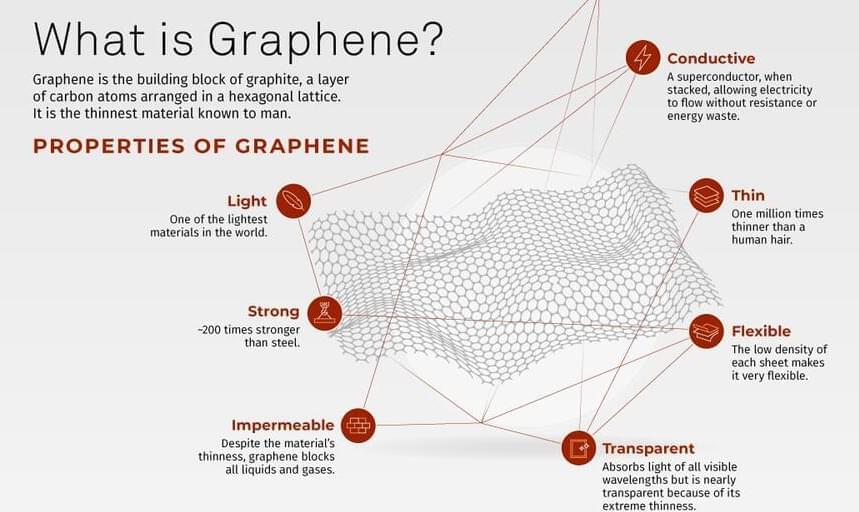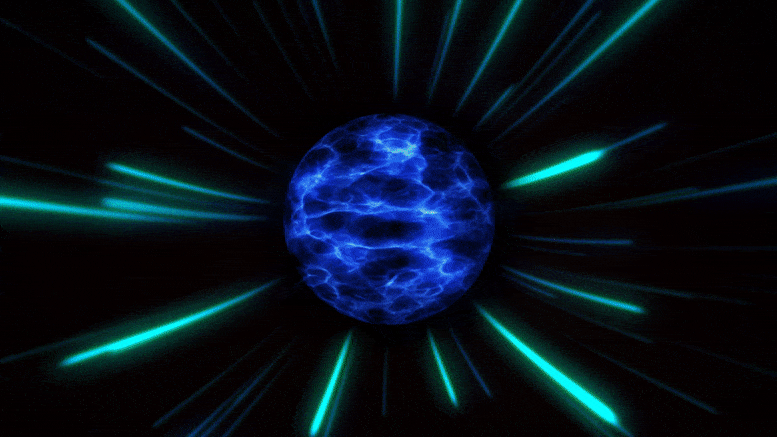Abstract: A central goal of condensed-matter physics is to understand how the diverse electronic and optical properties of crystalline materials emerge from the wavelike motion of electrons through periodically arranged atoms. However, more than 90 years after Bloch derived the functional forms of electronic waves in crystals [1] (now known as Bloch wavefunctions), rapid scattering processes have so far prevented their direct experimental reconstruction. In high-order sideband generation [2–9], electrons and holes generated in semiconductors by a near-infrared laser are accelerated to a high kinetic energy by a strong terahertz field, and recollide to emit near-infrared sidebands before they are scattered. Here we reconstruct the Bloch wavefunctions of two types of hole in gallium arsenide at wavelengths much longer than the spacing between atoms by experimentally measuring sideband polarizations and introducing an elegant theory that ties those polarizations to quantum interference between different recollision pathways. These Bloch wavefunctions are compactly visualized on the surface of a sphere. High-order sideband generation can, in principle, be observed from any direct-gap semiconductor or insulator. We thus expect that the method introduced here can be used to reconstruct low-energy Bloch wavefunctions in many of these materials, enabling important insights into the origin and engineering of the electronic and optical properties of condensed matter.
From: Joseph Costello [view email].








